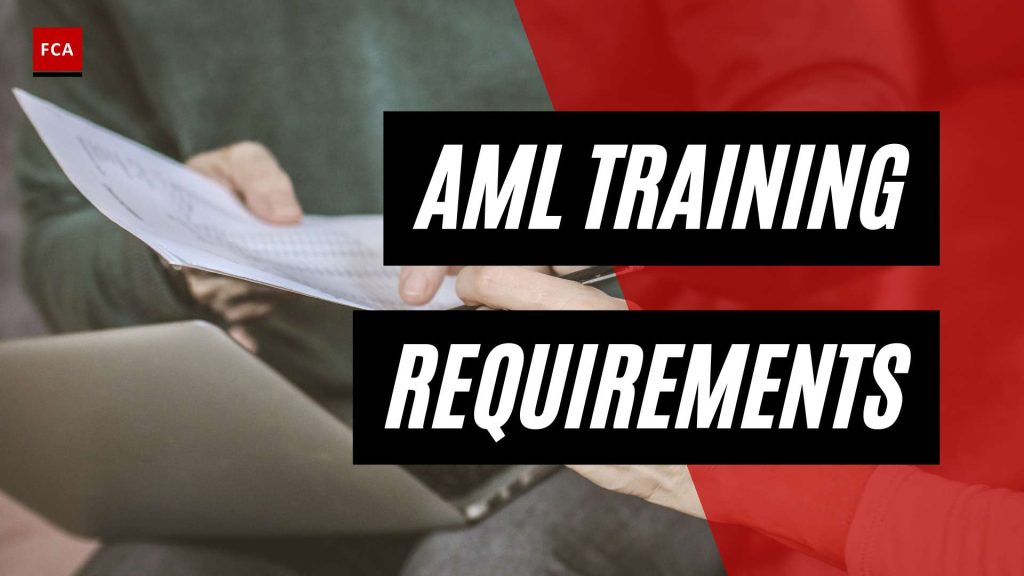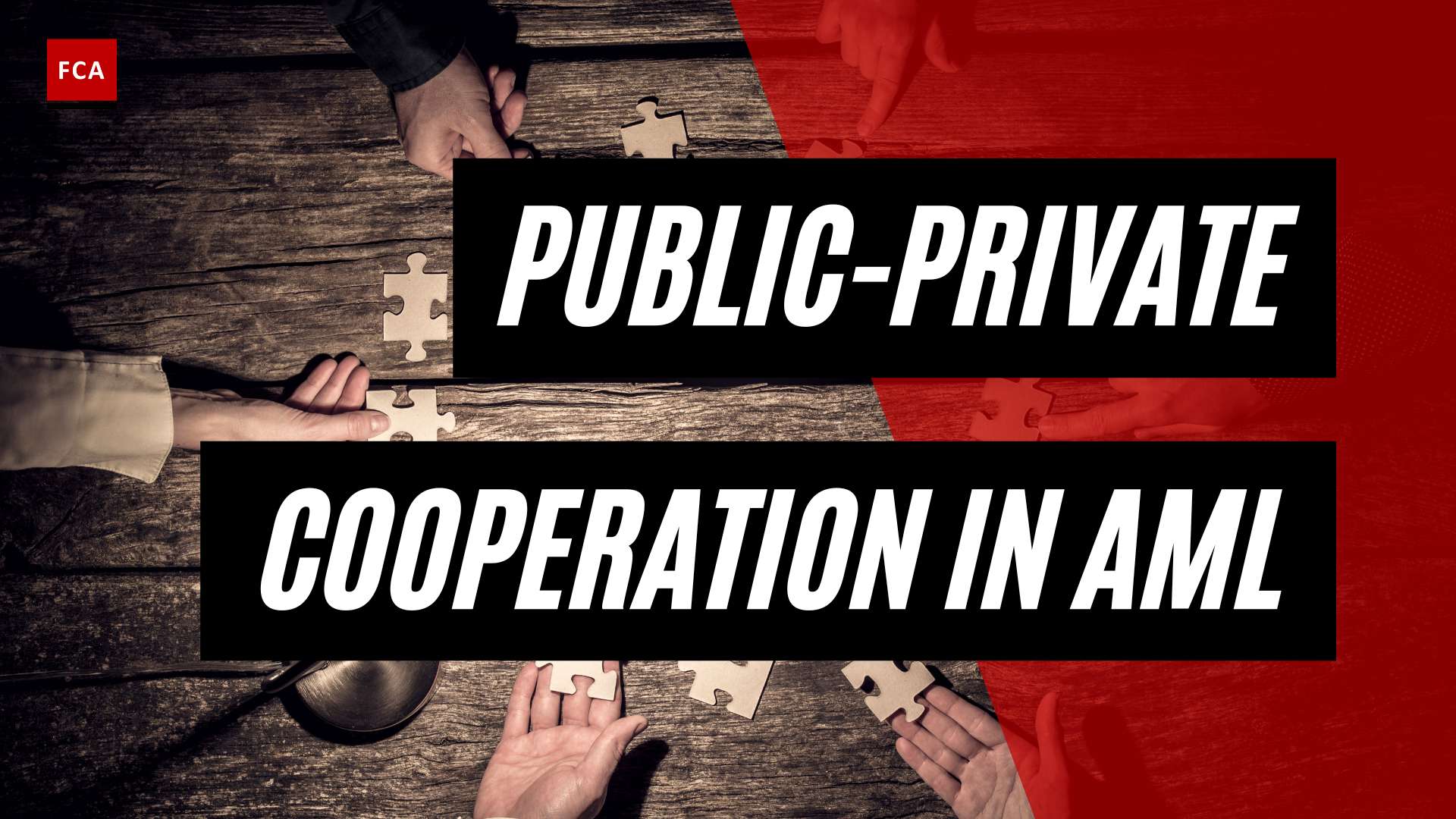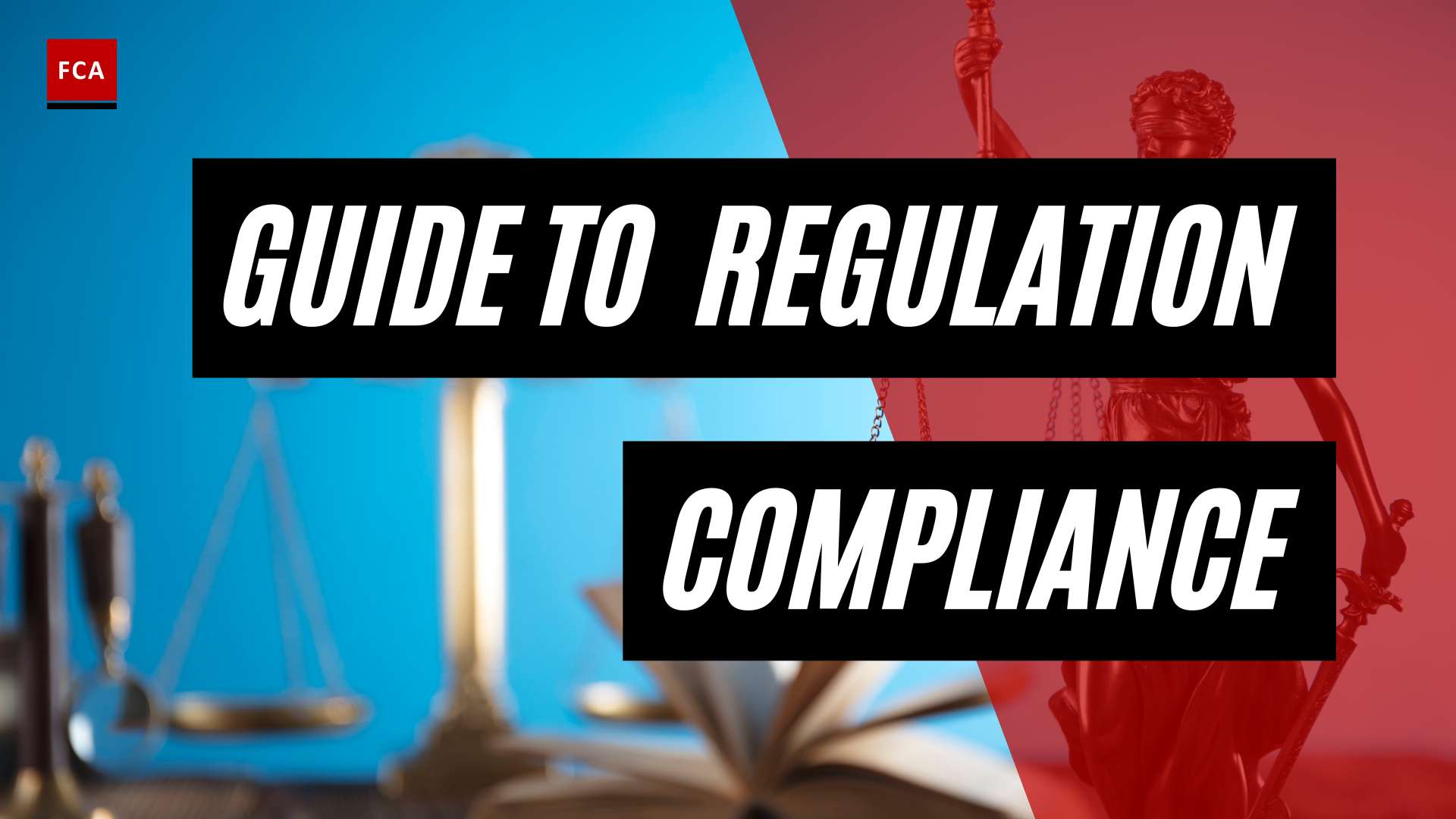Designing Effective AML Training Programs
In order to combat money laundering effectively, organizations must invest in designing and implementing robust Anti-Money Laundering (AML) training programs. These programs play a vital role in educating employees about their responsibilities, regulatory requirements, and best practices to prevent and detect money laundering activities.
Importance of AML Training
AML training is crucial for organizations to ensure that their employees understand the importance of AML, the legal and regulatory framework for AML, and how to identify and report suspicious activities. By providing comprehensive training, organizations can equip their employees with the knowledge and skills necessary to minimize the risk of their company being used for money laundering (Medium).
Through AML training, employees gain a better understanding of the potential risks associated with money laundering, the impact it can have on the organization, and the importance of maintaining a strong AML compliance program. Trained employees are more likely to recognize and report suspicious activities, avoid actions that could lead to financial loss or legal repercussions, and contribute to maintaining the trust and reputation of the organization.
Regulatory Requirements for AML Training
In the United States, AML training is typically required for financial institutions and their employees under the Bank Secrecy Act (BSA) and its implementing regulations. Other sectors, such as casinos and money services businesses, may also be subject to AML regulations and training requirements.
Regulatory requirements for AML training include ensuring that employees receive training at least once a year to keep them up-to-date with any changes in AML rules or regulations. The training should cover topics such as legal and regulatory requirements, detection and prevention of money laundering, and reporting procedures and obligations. Compliance with these regulations is essential to avoid penalties and maintain a strong AML compliance program.
To ensure compliance, organizations should develop AML training programs that align with regulatory requirements and the specific needs of their employees. By tailoring the training to different roles within the organization, organizations can effectively educate employees on their AML responsibilities and contribute to a culture of compliance.
For an in-depth understanding of the key components, stages, and benefits of AML training programs, continue reading our articles on effective AML training methods and AML training program design.
Key Components of AML Training Programs
To design effective AML training programs, it is essential to identify the key components that ensure comprehensive coverage of anti-money laundering concepts and regulatory requirements. The key components include the identification of training needs, development of a training plan, and selection of appropriate delivery methods.
Identification of Training Needs
Before designing an AML training program, it is crucial to identify the specific training needs of employees. This involves assessing the roles and responsibilities of different individuals within the organization, particularly those involved in compliance, risk management, legal, accounting, and customer service roles. By understanding their job functions and potential exposure to money laundering risks, the training program can be tailored to address the specific needs of each group.
Development of Training Plan
Once the training needs have been identified, the next step is to develop a comprehensive training plan. This plan should outline the objectives, content, and methodology for delivering the training. The objectives should be aligned with regulatory requirements, such as the Bank Secrecy Act (BSA) and its implementing regulations Medium.
The training plan should cover various topics, including legal and regulatory requirements, detection and prevention of money laundering, and reporting procedures and obligations. It should also consider the different levels of expertise within the organization and provide targeted training for individuals with more AML-specific duties Medium.
Delivery Methods for AML Training
The delivery methods for AML training can vary depending on the organization’s size, resources, and geographical spread of employees. Common methods include classroom training, online training, webinars, and workshops. The choice of delivery method should consider the effectiveness of each method in engaging employees and facilitating knowledge retention.
Classroom training allows for interactive sessions and immediate clarification of doubts but may be challenging to organize for large organizations or geographically dispersed teams. Online training provides flexibility and accessibility, making it convenient for employees to complete the training at their own pace. Webinars and workshops offer a combination of online and interactive elements, fostering engagement and participation Medium.
To ensure the effectiveness of AML training, organizations should consider a blended approach, combining different delivery methods to cater to the diverse learning styles and preferences of employees. This approach helps maximize the impact of the training and increases the likelihood of knowledge retention.
By incorporating the identification of training needs, the development of a training plan, and the selection of appropriate delivery methods, organizations can build comprehensive AML training programs that meet regulatory requirements and equip employees with the necessary knowledge and skills to combat money laundering effectively.
Topics Covered in AML Training Programs
To build a strong defense against money laundering, it’s important to have comprehensive AML training programs in place. These programs cover a range of topics that are essential for employees to understand the legal and regulatory requirements, detection and prevention of money laundering, and reporting procedures and obligations. Let’s explore these topics in more detail.
Legal and Regulatory Requirements
AML training programs provide employees with an understanding of the legal and regulatory framework surrounding anti-money laundering efforts. This includes familiarizing them with laws such as the Bank Secrecy Act (BSA) and its implementing regulations in the United States. Financial institutions and other sectors, such as casinos and money services businesses, may be subject to AML regulations and training requirements (Medium).
Employees should be educated on their obligations and responsibilities in preventing money laundering, including the identification and reporting of suspicious activities. AML training programs should cover topics such as customer due diligence, transaction monitoring, record-keeping requirements, and the role of regulatory bodies in overseeing compliance.
Detection and Prevention of Money Laundering
One of the primary objectives of AML training programs is to equip employees with the knowledge and skills to detect and prevent money laundering activities. This includes understanding the various methods used by criminals to launder money and the red flags that may indicate suspicious transactions or behaviors.
Training should focus on recognizing unusual or suspicious patterns of activity, such as large cash transactions, frequent deposits or withdrawals, structuring transactions to avoid reporting thresholds, or sudden changes in customer behavior. Employees should also be trained on the importance of conducting appropriate due diligence when onboarding new customers to identify potential risks.
Reporting Procedures and Obligations
AML training programs emphasize the importance of reporting suspicious activities and fulfilling reporting obligations. Employees should be educated on the process of reporting, including the specific reporting requirements and channels within their organization and to the relevant regulatory authorities.
Training should cover the documentation and record-keeping necessary for reporting, ensuring that employees understand how to properly document their observations and maintain the confidentiality of the reporting process. They should also be aware of the consequences of failing to report suspicious activities and the potential legal and reputational risks associated with non-compliance.
By including these topics in AML training programs, organizations can ensure that their employees are well-equipped to navigate the complex world of anti-money laundering efforts. Effective training enhances employee understanding and awareness, mitigates the risks of money laundering, and enables organizations to maintain compliance with AML regulations.
Stages of AML Training Implementation
Implementing an effective Anti-Money Laundering (AML) training program involves several key stages to ensure comprehensive coverage and understanding of AML requirements. These stages include identifying the recipients of the training, developing a training plan with clear objectives, selecting appropriate delivery methods, and evaluating the effectiveness of the training.
Identify Training Recipients
The first stage of AML training implementation is to identify the individuals who require training. AML training should be tailored to the specific needs of employees involved in compliance, risk management, legal, accounting, and customer service roles. Identifying the right recipients ensures that the training content is relevant to their job functions and responsibilities (Medium).
Develop Training Plan with Objectives
Once the training recipients are identified, the next step is to develop a comprehensive training plan with clear objectives. The plan should outline the specific topics to be covered and the desired outcomes of the training. This ensures that participants understand the purpose of the training and the knowledge and skills they are expected to acquire. A well-designed training plan serves as a roadmap for delivering effective AML training (Medium).
Delivery Methods for AML Training
Choosing the appropriate delivery methods for AML training is crucial to engage participants and optimize learning outcomes. Common delivery methods include classroom training, online training modules, webinars, and workshops. The selection of delivery methods should consider the size of the target audience, their geographical distribution, and the nature of the content being delivered. A combination of different delivery methods can be used to accommodate various learning styles and preferences. Providing flexibility and accessibility in training delivery enhances the overall effectiveness of the AML training program (Medium).
Post-Training Evaluation
The final stage of AML training implementation involves evaluating the effectiveness of the training program. Post-training evaluation allows organizations to assess the impact of the training on participants’ knowledge, skills, and behavior. Evaluation methods can include quizzes, assessments, and surveys to gather feedback and measure the effectiveness of the training program. Based on the evaluation results, necessary adjustments and improvements can be made to enhance future training efforts.
By following these stages of AML training implementation, organizations can ensure that their employees receive the necessary knowledge and skills to meet regulatory requirements and mitigate the risks of money laundering. Continuous evaluation and improvement of the training program contribute to the development of a strong AML compliance culture within the organization, promoting ethical and sustainable business practices (Unit21).
Ensuring Compliance with AML Training Requirements
To ensure compliance with AML training requirements, financial institutions and organizations must focus on key aspects such as documentation and record-keeping, continual monitoring and updates, and evaluating the effectiveness of AML training.
Documentation and Record-Keeping
The first step in ensuring compliance with AML training requirements is thorough documentation and record-keeping. Financial institutions should maintain comprehensive records of their training programs, including training materials, attendance records, and any failures of personnel to complete required training (BSA/AML Manual). These records should be readily available for review by auditors or examiners. If a bank relies on another institution or party to perform training, appropriate documentation should also be maintained. By keeping detailed records, financial institutions demonstrate their commitment to training and compliance efforts.
Continual Monitoring and Updates
Continual monitoring and updates are crucial to ensure that AML training programs remain effective and up-to-date. Financial institutions should conduct independent audits of their AML programs, with testing mandated every 12-18 months, and even more frequently in higher risk areas (Flagright). These audits should be performed by third-party organizations qualified to perform specific risk-based audits (Flagright). By conducting regular audits, institutions can identify any gaps or weaknesses in their training programs and implement necessary updates to address emerging risks and changes in regulatory requirements.
Evaluating Effectiveness of AML Training
Evaluating the effectiveness of AML training is essential to ensure that the training programs are achieving their intended objectives. Financial institutions should establish mechanisms to assess the impact of their AML training programs on employee understanding and awareness (Flagright). This can be done through post-training evaluations, quizzes, or assessments to gauge the knowledge and comprehension of employees. Feedback from employees can also provide valuable insights into the effectiveness of the training and help identify areas for improvement. Regular evaluations allow institutions to measure the effectiveness of their training programs and make necessary adjustments to enhance compliance efforts.
By implementing robust documentation practices, conducting regular audits, and evaluating the effectiveness of their training programs, financial institutions can ensure compliance with AML training requirements. These measures contribute to building a strong defense against money laundering and demonstrate a commitment to ethical and sustainable business practices. Maintaining compliance with AML regulations not only mitigates risks but also fosters trust with stakeholders and helps organizations stay ahead in an ever-evolving financial landscape.
Benefits of AML Training
Implementing effective AML training programs within organizations brings several important benefits. These programs aim to enhance employee understanding and awareness of anti-money laundering practices, mitigate the risks of money laundering, and maintain compliance with AML regulations.
Enhancing Employee Understanding and Awareness
AML training plays a crucial role in ensuring that employees have a solid understanding of the importance of anti-money laundering measures and the legal and regulatory frameworks surrounding them. By providing comprehensive training, organizations empower their employees to identify and report suspicious activities, minimizing the risk of the company being used for money laundering (Medium).
Through training, employees gain the knowledge and skills necessary to recognize potential red flags and take appropriate action. This heightened awareness enables them to make informed decisions, avoid actions that could lead to financial loss, reputational damage, and legal action, and prevent the company from being utilized for illicit activities (Medium).
Mitigating Risks of Money Laundering
Effective AML training programs contribute to the mitigation of money laundering risks within organizations. By educating employees on the detection and prevention of money laundering, organizations can fortify their defenses against illicit activities.
AML training equips employees with the necessary tools to identify suspicious transactions, understand money laundering techniques, and implement appropriate measures to prevent such activities. This proactive approach helps safeguard the organization’s reputation, maintain the trust of customers and stakeholders, and minimize the potential financial and legal consequences associated with money laundering (Medium).
Maintaining Compliance with AML Regulations
Compliance with AML regulations is of utmost importance for organizations operating in the financial sector. AML training programs are designed to ensure that employees are well-versed in the legal and regulatory requirements related to anti-money laundering.
By providing comprehensive training, organizations demonstrate their commitment to ethical and sustainable business practices. A robust AML training program helps build trust with stakeholders and employees, showcasing the organization’s dedication to preventing financial crimes such as money laundering and terrorist financing (Flagright).
Maintaining compliance with AML regulations not only helps organizations avoid potentially hefty penalties and legal consequences but also reinforces their commitment to creating a safe and transparent financial environment.
By investing in AML training programs, organizations can reap the benefits of enhanced employee understanding and awareness, risk mitigation, and regulatory compliance. These training programs are essential components of a comprehensive AML compliance program, providing the necessary knowledge and tools to combat money laundering effectively.
Building an Effective AML Compliance Program
To combat the risks of money laundering and ensure regulatory compliance, organizations must establish a robust Anti-Money Laundering (AML) compliance program. This section will provide an overview of an AML compliance program, discuss its key elements, and explore the 5 pillars of a successful program.
Overview of an AML Compliance Program
An AML compliance program is a comprehensive framework designed to prevent, detect, and report money laundering activities within an organization. It encompasses policies, procedures, and controls that help financial institutions and other regulated entities meet their legal obligations and mitigate the risks associated with money laundering and financial crimes.
The primary goal of an AML compliance program is to create a culture of compliance, ensuring that employees at all levels understand their responsibilities and the importance of identifying and reporting suspicious activities. By implementing effective AML training programs, organizations can equip their employees with the knowledge and skills necessary to fulfill their AML obligations.
Key Elements of an AML Compliance Program
A well-designed AML compliance program consists of several key elements that work together to establish a strong control framework. These elements include:
-
Compliance Officer: Designating a competent compliance officer who is responsible for overseeing the implementation and effectiveness of the AML program. The compliance officer acts as a central point of contact for AML-related matters and ensures the organization’s adherence to regulatory requirements.
-
Internal Controls: Developing and implementing internal controls and procedures that are tailored to the organization’s specific risks and operations. These controls should cover customer due diligence, transaction monitoring, record-keeping, and reporting of suspicious activities.
-
BSA Training Program: Establishing a comprehensive training program that provides employees with the knowledge and skills required to identify and report potential money laundering activities. Training should be tailored to employees’ roles and responsibilities within the organization and should cover legal and regulatory requirements, detection and prevention of money laundering, and reporting procedures and obligations.
-
Independent Audits and Reviews: Conducting regular independent audits and reviews of the AML compliance program to assess its effectiveness and identify any gaps or deficiencies. These audits should be performed by qualified third-party organizations and should cover all aspects of the program, including policies, procedures, and training.
-
Customer Due Diligence: Implementing a robust Know Your Customer (KYC) program to assess the risk associated with customers and establish appropriate due diligence measures. This includes verifying customer identities, understanding the nature of their business relationships, and monitoring transactions for suspicious activities.
The 5 Pillars of a Successful AML Compliance Program
A successful AML compliance program is built on the foundation of five essential pillars that work in harmony to ensure compliance and mitigate the risks of money laundering:
-
Designation of a Compliance Officer: Appointing a knowledgeable and empowered compliance officer who is responsible for overseeing the AML program and ensuring its effectiveness.
-
Development of Internal Controls: Establishing internal policies, procedures, and controls that are designed to prevent, detect, and report money laundering activities. These controls should be tailored to the organization’s specific risks and operations.
-
Establishing a BSA Training Program: Implementing a comprehensive training program that provides employees with the necessary knowledge and skills to fulfill their AML obligations. Training should be ongoing and cover relevant legal and regulatory requirements.
-
Independent Audits and Reviews: Conducting regular independent audits and reviews of the AML program to assess its effectiveness and identify areas for improvement. These audits should be performed by qualified professionals who are independent of the compliance function.
-
Performing Customer Due Diligence: Implementing a robust customer due diligence program that incorporates risk-based assessments, ongoing monitoring, and enhanced due diligence for high-risk customers. This pillar ensures that organizations have a clear understanding of their customers and can identify and mitigate any associated money laundering risks.
By incorporating these pillars into their AML compliance programs, organizations can establish a strong defense against money laundering activities, maintain regulatory compliance, and protect their reputation and financial integrity.
To ensure the effectiveness of an AML compliance program, organizations should continually evaluate and update their program based on changing regulatory requirements, emerging risks, and industry best practices. Regular training, monitoring, and internal audits are essential for maintaining a strong and up-to-date program that effectively addresses the ever-evolving landscape of money laundering risks.
Steps to Create a Successful AML Compliance Program
To establish a robust and effective Anti-Money Laundering (AML) compliance program, organizations need to follow a set of essential steps. These steps ensure that the program is comprehensive, aligned with regulatory requirements, and capable of mitigating the risks associated with money laundering. The key steps to create a successful AML compliance program are:
Setting the Tone at the Top
Setting the tone at the top is crucial for fostering a culture of compliance throughout the organization. Senior management should actively support and promote a strong commitment to AML compliance. By demonstrating their dedication to ethical and sustainable business practices, leaders create an environment where compliance is prioritized and valued.
Appointing a Compliance Officer
Every AML compliance program requires a designated compliance officer who is responsible for overseeing the program’s implementation and ensuring adherence to regulatory requirements. The compliance officer should have the necessary knowledge and expertise to effectively manage the program and address any compliance-related issues that may arise. Their role involves developing policies, procedures, and internal controls to prevent and detect money laundering activities.
Establishing Written Compliance Policies
Written compliance policies serve as the foundation of an AML compliance program. These policies outline the organization’s commitment to AML compliance and provide guidance on the procedures and controls to be followed. They should cover all relevant regulatory requirements, internal processes, risk assessments, and reporting obligations. Clear and well-documented policies help ensure consistent adherence to AML regulations and provide a reference for employees to understand their responsibilities.
Implementing Staff Training Programs
A key component of an effective AML compliance program is providing comprehensive training to employees. Training programs should be tailored to the specific roles and responsibilities of staff members, ensuring they have a solid understanding of AML regulations, risk factors, and the organization’s internal policies and procedures. Regular and ongoing training helps to enhance employee awareness and knowledge, enabling them to identify and report suspicious activities effectively.
Ongoing Monitoring and Internal Audits
Continuous monitoring and internal audits are essential to evaluate the effectiveness of an AML compliance program. Regularly reviewing internal controls, processes, and procedures helps identify any gaps or weaknesses that may exist. Independent audits conducted by third-party organizations can provide an objective assessment of the program’s compliance with regulatory requirements. Monitoring and audits should be risk-based and performed at regular intervals to ensure ongoing compliance.
Incident Management and Response
Establishing a robust incident management and response framework is crucial for promptly addressing any potential AML violations or suspicious activities. Organizations should have clear protocols in place to investigate, escalate, and report such incidents to the appropriate authorities. Swift and effective incident management helps mitigate the potential risks associated with money laundering and demonstrates the organization’s commitment to combating financial crimes.
By following these steps, organizations can build a successful AML compliance program that aligns with regulatory requirements, mitigates the risks of money laundering, and maintains a culture of compliance throughout the organization. Additionally, it is important to continually monitor changes in AML regulations and update the compliance program accordingly to ensure ongoing compliance.









